It is always important to provide opportunities for children to spend unstructured time with nature. Here is a book I suggest for parents, grandparents and those who are concerned about our children Richard Louv’s book Last Child in the Woods. The book looks at the concept of nature deficit disorder. The theory is that our children are not exposed to the needed amount of time playing and exploring in the out-of-doors. Because of this nature deficit children have a decreased positive-self-esteem and they may not be as creative. I would say they may also be less aware of their place in the natural world. One of the most interesting ideas Louv puts forth is that children are less able to solve problems creatively and that many of societal ills such as to obesity can be linked to spending less active time in and with nature. Child development specialists such as Dr. Diane Bales with the University of Georgia say that children need time for unstructured play time and active time playing out-of-doors. According to Dr. Bales, “That unstructured time, the opportunity to make their own decisions and set their own rules, is very important. Kids who have a lot of [organized] activities have less of that free time.”
I agree with both Bales and Louv that providing children with opportunities to spend that unstructured play time in a natural setting is critical. Here are five simple ways to provide safe and environmentally friendly activities for children:
1. Do something unplanned. Spending time in nature does not have to be a planned event and it does not have to be complicated. Just providing a space in your yard, walking to a nearby park, or even checking out a local garden is a place to start. Take a blanket and head off to a park or garden. Let children explore and guide you. This your opportunity to share your love of the natural world and to set the example of how to be a good steward. Also, remember you do not PLAN unstructured play so go with the flow. PBS provides great resource for parents who want to grow green children.
2. Plan outings and vacations around children’s interest. If a child has an interest in geology plan a rock hunting trip. This trip can be to a local state or national park or even in your own back yard. Other interests may be weather, plants, animals, birds or geocaching. For younger children, keep it short and simple. As they grow let them plan the experience and even build in camping. UGA Extension Agent Paul P has great ideas on gardening and short trips in Georgia. If you live elsewhere, you can find the same types of places in your area.
3. Create spaces that engage all the senses. Engage your sense of smell by planting fragrant plants. Imagine walking over a path of peppermint on a cool spring morning. Water is important for animals and the sound of moving water can become an intense sense memory. A shallow pool for birds, frogs, butterflies, and even the occasional bunny. The sound of bubbling and moving water carries on the wind. Add plants that have different textures and colors and make sure you add plants that move in the wind and ones that attract pollinators. Sense memories are our strongest memories create long lasting memories with nature for the children in your life. University of Florida has some suggestion on how to plan a sensory garden.
4. Make sure your home, child care center or school is wildlife friendly. Creating a natural looking landscape with water, rocks, different areas for nesting and feeding, varying textures, colors, heights, and scents in your plantings. Use local native plants to provide food and homes for indigenous insects, animals, and birds. Check with you County’s Extension Agent about the right plants and on the use of chemicals. This is important for both wildlife and for your favorite child’s wellbeing. Here is a link to a publication from UGA Extension on how to plant to attract pollinators beyond butterflies.
5. Provide a place for children display the treasures they find in nature. To you it might be a pebble but to the child it is golden because they discovered it. We place baskets of mineral samples, fossils, feathers and shells on low shelves and when a child visits our home the baskets are like a child-magnets. We also keep books on insects, animals, birds, rocks, fossils and shells along with magnets and magnifying glasses.
For more ideas:
School Age Children and UGA Extension/4-H
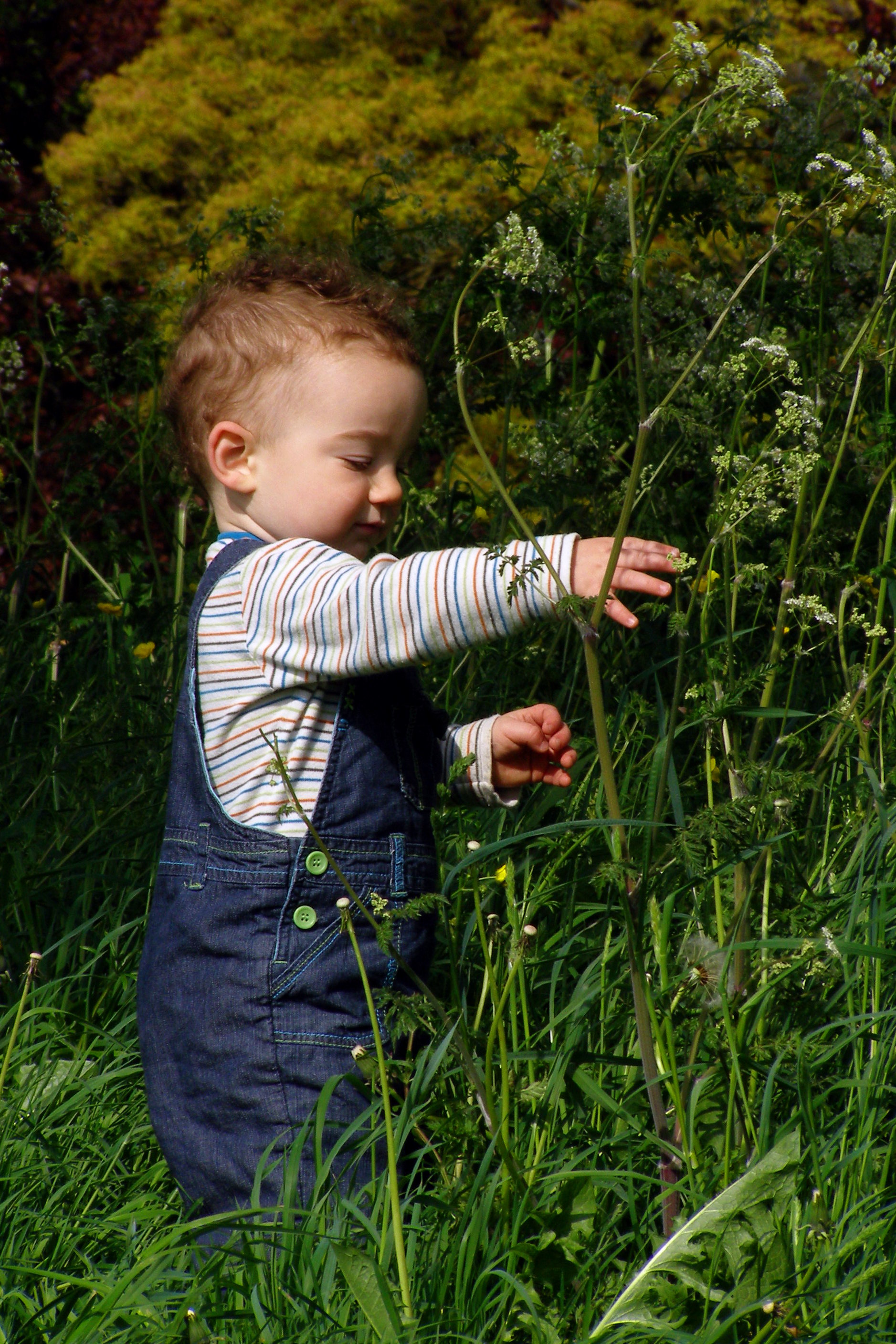
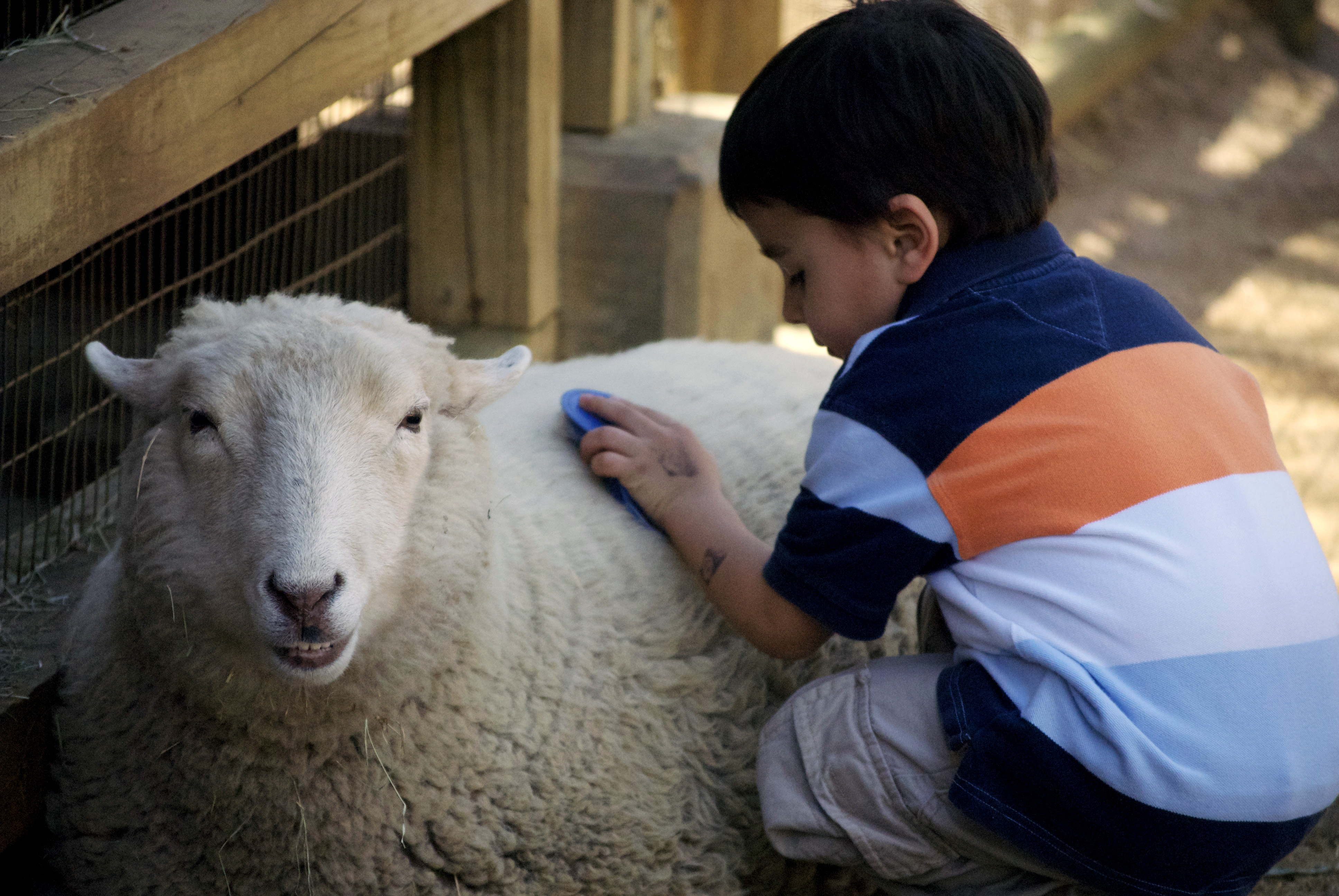
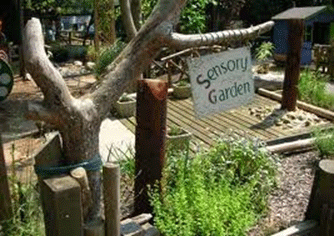
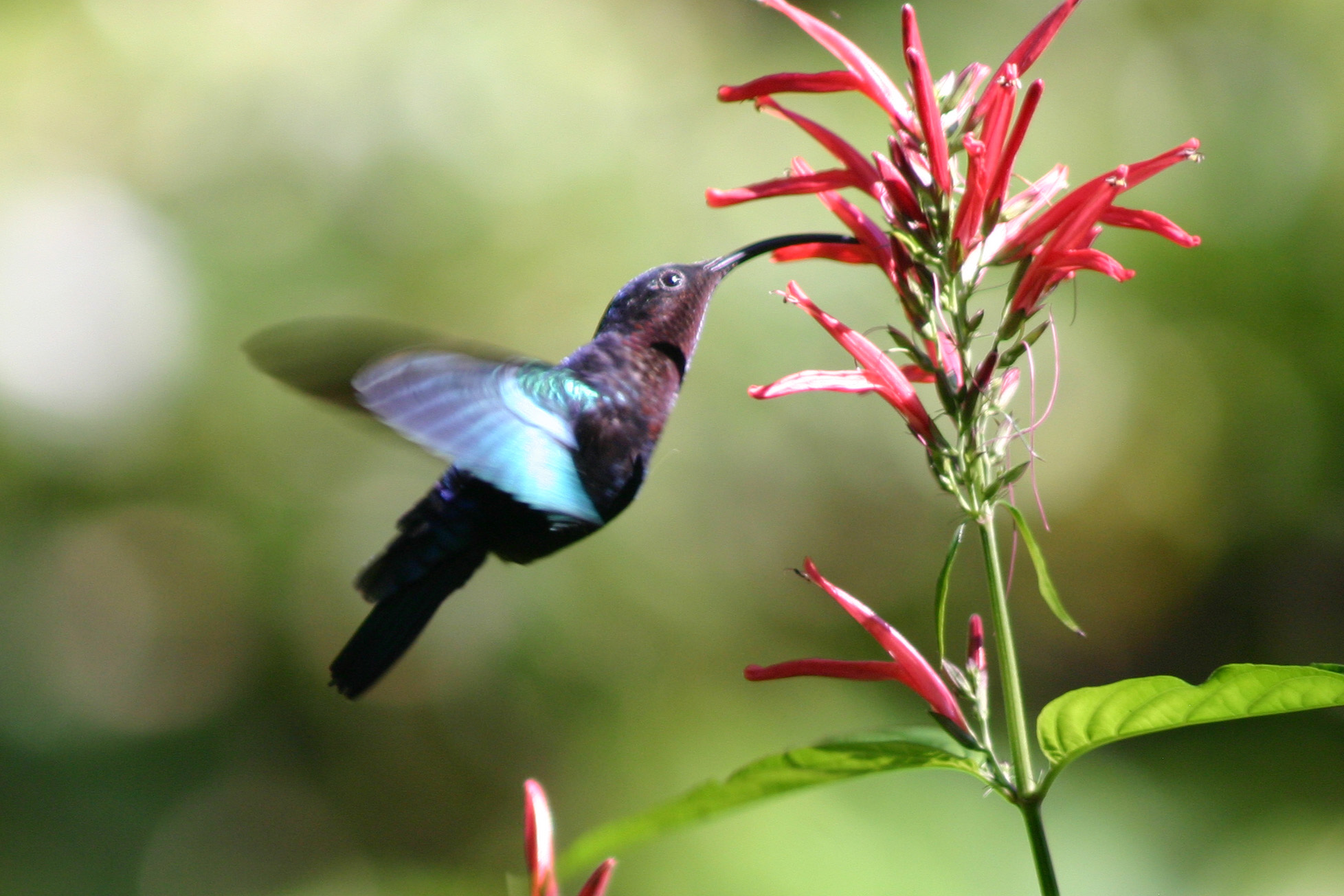
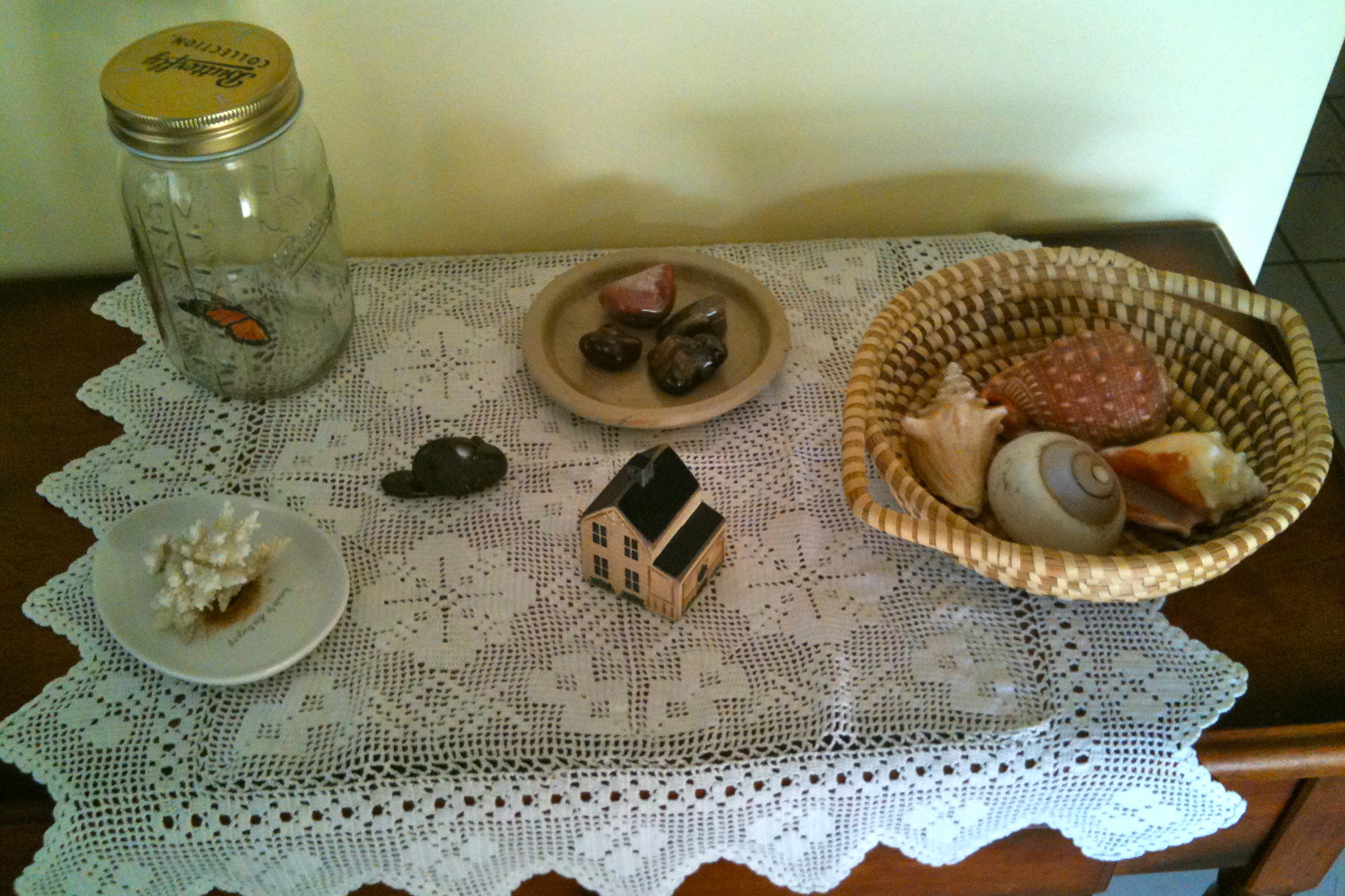
Leave a Reply